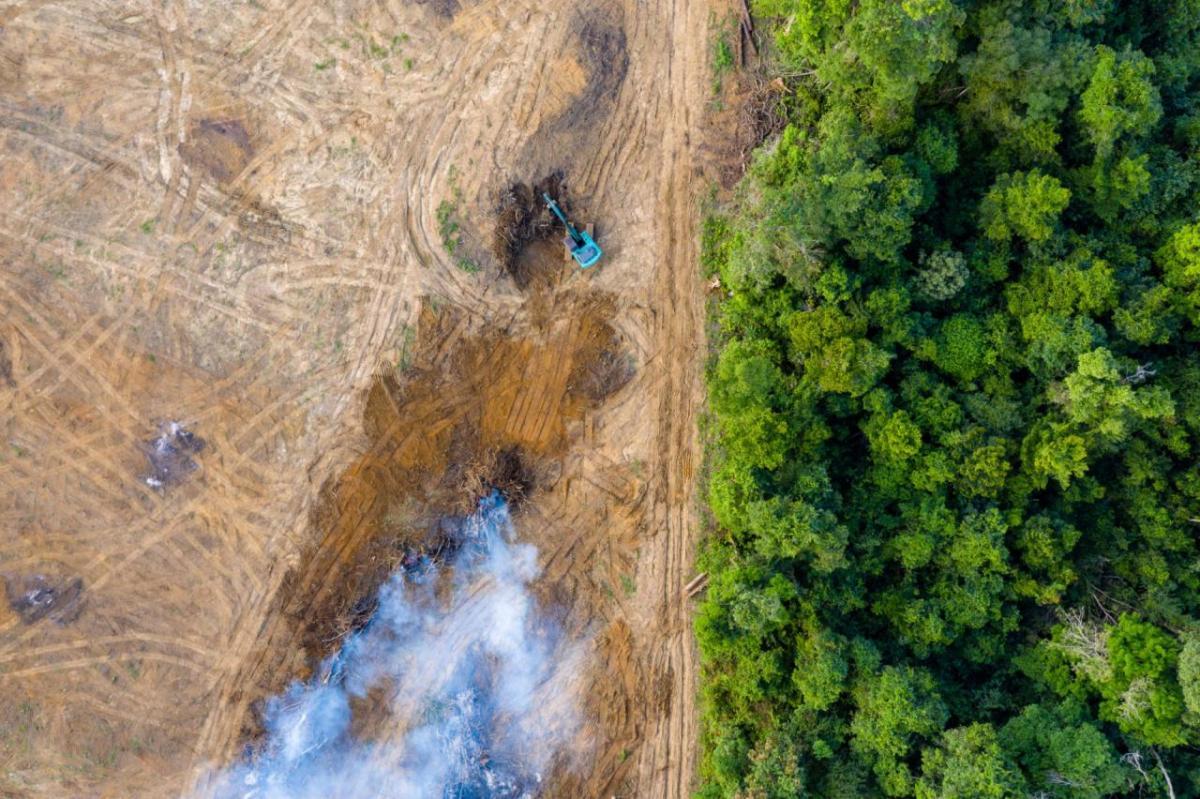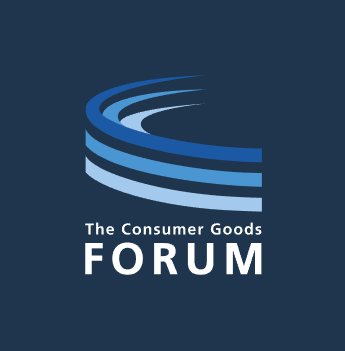That Deforestation-Free Product May Not Be What You Think
With the EU’s deforestation regulation (EUDR) in centre view and commodity buyers increasingly demanding deforestation-free products, farm-level vs plot-level monitoring might just be the most important detail that you’ve never heard of.
Like many people, you may want to buy food that was produced in ways that align with your values—whether that is environmental sustainability, fair prices for farmers, or avoidance of harmful pesticides.
When you buy a banana or a cup of coffee that claims to be organic or fair trade or wildlife-friendly, you probably assume that the farm on which that banana or coffee was produced meets those criteria—and you’d mostly be correct!
However, when it comes to products that claim to be deforestation-free, the situation might not be what you expect. That’s because some companies are choosing to call products deforestation-free even if there is recent or ongoing deforestation on the farms where they were produced.
For the large majority of consumers that don’t want their groceries linked to deforestation (82% of Europeans polled), this is a dismaying prospect. And for commodity buyers—such as consumer brands that purchase soy, palm oil, and other ingredients for the products they make—it poses a significant business risk.
What’s happening on the ground?
In an effort to bolster their deforestation-free claims without actually needing to eliminate deforestation from their supply chains, some companies are choosing to use maps that divide up the farms that they buy from into bits and pieces called plots. If one or more plots on a farm have not had recent deforestation, they would call the crops from those plots deforestation-free—even if the plot right next to them on the same farm is in the process of being deforested.
This determination of deforestation-free status at levels smaller than a farm allows companies to continue purchasing from producers that are actively clearing natural ecosystems, while claiming that much of the product from those farms is compliant with their own deforestation-free commitments.
Why is it a problem?
When commodity buyers determine deforestation-free status at levels smaller than a farm, they may be complicit in facilitating continued deforestation by their suppliers. They also risk making false or misleading claims about their products.
Compliance assessment at the level of the farm, plantation, ranch, or forest management unit is a widely established convention. As the banana and coffee examples illustrate, most people understand food sustainability claims to refer to practices and performance at the farm level. This includes the criteria of most major agricultural and forestry certification programmes. In addition, major industry associations, such as the Consumer Goods Forum (CGF), have indicated that compliance with deforestation-free policies should be assessed at the farm level.
If a producer is actively engaging in harmful practices, it would be misleading and contrary to the spirit of sustainability efforts to make a claim of deforestation-free (or pesticide-free or child labour free) for any portion of the farm’s goods.
What’s more, even if the policies of a buyer or market did allow for deforestation to be assessed at the sub-farm level, the division of product volumes from the same farm into ‘compliant’ and ‘non-compliant’ portions is generally not possible in practice. That’s because very few farms have the infrastructure to fully segregate materials based on their deforestation-free status. Rather, products from different plots on the same farm are typically mixed (think of the harvesting machines, trucks, and silos used on many farms). Thus, in many contexts where there is active deforestation, sub-farm compliance assessment all but ensures that some materials claimed as deforestation-free were actually produced on recently deforested plots.
So what is a responsible business to do?
No-deforestation is fast becoming a mainstream expectation—and in some places a legal requirement—across the agri-food sector. With their reputation, credibility, business relationships, and regulatory compliance on the line, smart companies know not to play fast and loose with sustainability claims.
Fortunately, there is no need for methodological sleights-of-hand when real solutions to achieve deforestation-free supply chains and support valid claims are well within reach.
Specifically, companies should use a whole-farm approach to assess and address deforestation, following the lead of most sustainability certification programmes, industry groups such as the CGF Forest Positive Coalition, and the consensus recommendation of leading civil society organisations provided in the Accountability Framework. Commodity buyers should ask their direct and indirect suppliers to do the same—lest they unwittingly purchase products sold as deforestation-free that are not actually so. And companies should report progress towards deforestation-free supply chains based on the whole-farm assessment approach. This is in line with leading reporting standards such as GRI and disclosure systems such as CDP.
Service providers, industry groups, and NGOs can, likewise, do their part to promote standard and credible methods for deforestation-free supply chains based on the whole-farm approach to assessing, addressing, and reporting on deforestation.
The whole-farm approach is also a wise way to implement the EU deforestation regulation (EUDR). While it is unclear whether sub-farm level assessment is permissible according to the EUDR’s stipulation to evaluate deforestation on the “plot of land,” attempting to monitor and document compliance at the sub-farm level is a risky proposition. This is due to the practical difficulties of segregating and tracing materials from different plots of land within the same farm, and therefore of demonstrating the deforestation-free provenance of such materials to European enforcement authorities.
The forests matter, and so do the trees
The scale of monitoring for deforestation may seem like a nitpicky technical issue in a sea of big problems. But, as with most thorny issues, when it comes to halting deforestation, the devil is in the details.
Let’s get the details right and apply them consistently throughout the food and forest products sectors. That way, we can focus our energy on deploying real solutions to halt commodity-driven deforestation.
Written by Jeff Milder - Director of the Accountability Framework initiative, a collaborative programme led by a global coalition of environmental and human rights organisations to achieve supply chains that are protective of forests, other natural ecosystems, and human rights.
About the Forest Positive Coalition
The Consumer Goods Forum (CGF) Forest Positive Coalition of Action is a CEO-led initiative representing 21 CGF member companies who are committed to leveraging collective action and accelerating systemic efforts to remove deforestation, forest degradation and conversion from key commodity supply chains.
Launched in 2020, the Coalition represents a dynamic shift in the industry’s approach to stopping deforestation: by mobilising the leading position of member companies to build multi-stakeholder partnerships and develop effective implementation and engagement strategies, the Coalition brings together diverse stakeholders for sustainable impact.
These efforts support the development of forest-positive businesses that drive transformational change in key landscapes and commodity supply chains, strengthening the resilience of communities and ecosystems worldwide.
About The Consumer Goods Forum
The Consumer Goods Forum (“CGF”) is a global, parity-based industry network that is driven by its members to encourage the global adoption of practices and standards that serves the consumer goods industry worldwide.
It brings together the CEOs and senior management of some 400 retailers, manufacturers, service providers, and other stakeholders across 70 countries, and it reflects the diversity of the industry in geography, size, product category and format.
Its member companies have combined sales of EUR 4.6 trillion and directly employ nearly 10 million people, with a further 90 million related jobs estimated along the value chain. It is governed by its Board of Directors, which comprises more than 55 manufacturer and retailer CEOs.



